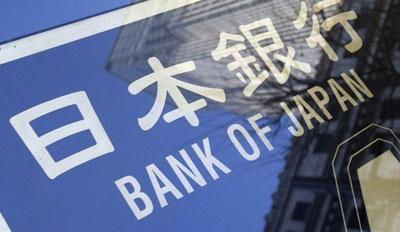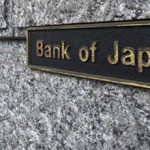Bank of Japan released review on FX margin trading in Japan

The Bank of Japan has issued a Review to make publish recent trends in Foreign Exchange (FX) margin trading in Japan.
Below is a summary of the Review:
Foreign exchange (FX) margin trading in Japan has an enormous impact on the recent Tokyo FX market. The common characteristics of Japanese FX margin traders are as follows: (1) they are contrarians who contain FX rate fluctuations, except in cases of dramatic FX rate swings and (2) they are sellers of the yen and buyers of foreign currencies who sometimes exacerbate FX rate swings in times of yen’s rapid appreciation, through a forced liquidation of positions under loss cutting rules. FX margin trading in the past several years has witnessed the prevalence of high speed/frequency trading among individual investors called “scalping,” as the bid-offer spread has tightened. In addition, the “Swiss franc shock” in January 2015 has brought about changes in the way FX margin trading mintermediaries manage their risks. In order to analyze the FX market, it is important to closely monitor the features, trends, and changes in positions of FX margin trading.
Foreign exchange (FX) margin trading in Japan has increased dramatically in the past 10 years and Japanese FX margin traders, that mainly consists of individuals, are one of the major players, along with exporters, importers, institutional investors, and speculators (short-term wholesale investors) in the Tokyo FX market. The volume of FX margin trading in Japan seems to be the largest in the world. Consequently, Japanese FX margin traders, or “Mrs. Watanabe,” are widely known.
There are trends which indicate the volume of Japanese FX margin trading has increased dramatically since the end of 2012 and the presence of cover deals by FX margin trading intermediaries (hereinafter referred to as “FX firms”) at the Tokyo FX market has been growing. In addition, the “Swiss franc shock” in January 2015, which led to a large amount of uncollected balance for FX firms, gave momentum to strengthen their risk management.
Mechanism of FX margin trading
FX margin trading is defined as an FX transaction in which customers deposit a portion of their trading amounts (margin deposit) in FX firms beforehand and the settlement date can be postponed arbitrarily. The ratio of the notional amount to the margin deposit is called “leverage.”
In the common mechanism of FX margin trading, FX firms offset their buy and sell orders (internalization of trades) and then conduct cover deals for their residual positions. The flow of cover deals influences FX rates (Figure 1). Not a few FX firms conduct cover deals through FX Prime Brokerage Services (hereinafter referred to as “FXPB”).
According to the Financial Futures Association of Japan, FX firms conduct cover deals for about 40% of their customer orders on average. The amount of their cover deals10 is equivalent to roughly 30% of the total amount of spot trading in the Tokyo FX market. In this regard, Japanese FX margin trading contributes considerably to the liquidity of the Tokyo FX market.
Read the Full Review at: Recent Trends in Foreign Exchange (FX) Margin Trading in Japan
Source: Bank of Japan





























